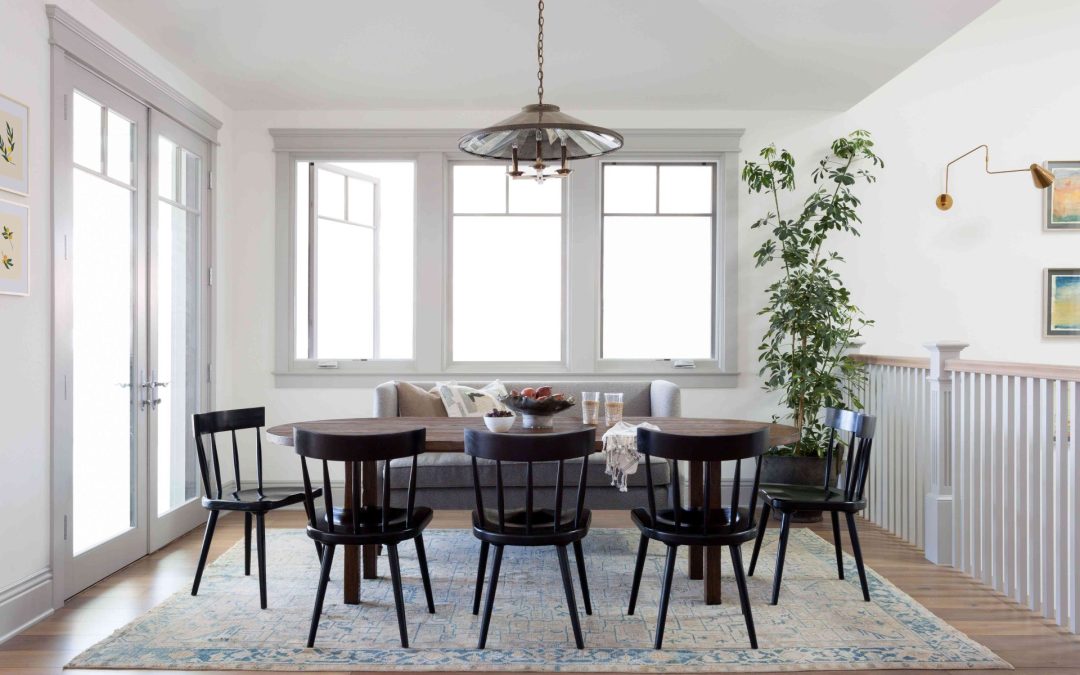The art of interior design lies in discovering the ideal blend of elements that can truly transform the visual appeal of your living space. One classic pairing that never goes out of style is mixing wood and white trim. The contrasting textures and colors create a timeless and elegant look that can transform any room. In this article, we will delve into the art of mixing wood and white trim, exploring its benefits, practical tips, and design considerations.
Benefits of Mixing Wood And White Trim:
Enhances Contrast: Mixing wood and white trim creates a striking contrast between light and dark tones, adding visual interest to your space. The clean lines of white trim highlight the natural beauty and warmth of wooden elements, creating a balanced and visually appealing environment.
Versatility: Whether your design style leans towards rustic, traditional, or contemporary, the combination of wooden and white trim is incredibly versatile. It effortlessly blends with various color palettes, allowing you to create different moods and atmospheres within your space.
Timeless Elegance: The marriage of wood and white trim exudes a timeless elegance that transcends passing trends. This classic combination ensures your interior design will remain relevant and visually appealing for years to come.
Design Considerations:
Choosing the Right Wood: Consider the type of wood that best suits your design goals and existing furniture. Woods like oak or pine with lighter tones impart a relaxed and open atmosphere, while the deep hues of mahogany or walnut evoke an air of opulence and refinement.
Harmonizing with the Existing Color Scheme: Take into account the color scheme of your room when selecting white trim. Crisp, bright whites work well in modern and minimalist settings, while warmer whites can complement traditional or rustic designs.
Balancing Proportions: Achieve visual harmony by carefully balancing the proportions of wooden and white trim. Too much wood may overpower the room, while excessive white trim can create a stark and sterile feel. Experiment with different ratios to find the right balance that suits your taste and style.
Attention to Detail: Take note of the intricate details, such as door frames, window trims, and baseboards, to ensure a cohesive and polished look.
Ensure these elements are consistent throughout your space to maintain a cohesive look and feel.
Practical Tips for Mixing Wood And White Trim:
Start Small: If you’re unsure about committing to a full-scale renovation, start small by incorporating wooden and white trim through furniture pieces, such as chairs, tables, or shelving units. This allows you to test the combination and see how it complements your existing décor.
Statement Pieces: Make a statement by incorporating a standout wooden piece, such as a reclaimed wood dining table or an intricately carved wooden headboard. These focal points can be further enhanced by the clean lines of white trim.
Textural Contrast: Consider the texture of the wood in relation to the smoothness of the white trim. The juxtaposition of rough or distressed wood with sleek white trim can add depth and interest to your space.
Lighting: Maximize natural light and enhance the wooden and white trim combination by strategically placing mirrors or opting for light-filtering window treatments. Well-placed lighting fixtures can also highlight the textures and colors, creating a vibrant and inviting atmosphere.
Conclusion:
Incorporating the timeless combination of wood and white trim into your interior design can elevate your space to new heights. By harnessing the benefits of contrast, versatility, and timeless elegance, you can create a visually stunning environment that reflects your personal style. Remember to choose the right wood, harmonize with your existing color scheme, balance proportions, and pay attention to detail. Whether you’re starting small or embarking on a full-scale renovation, the marriage of wood and white trim will undoubtedly bring a touch of sophistication and beauty to your home.

